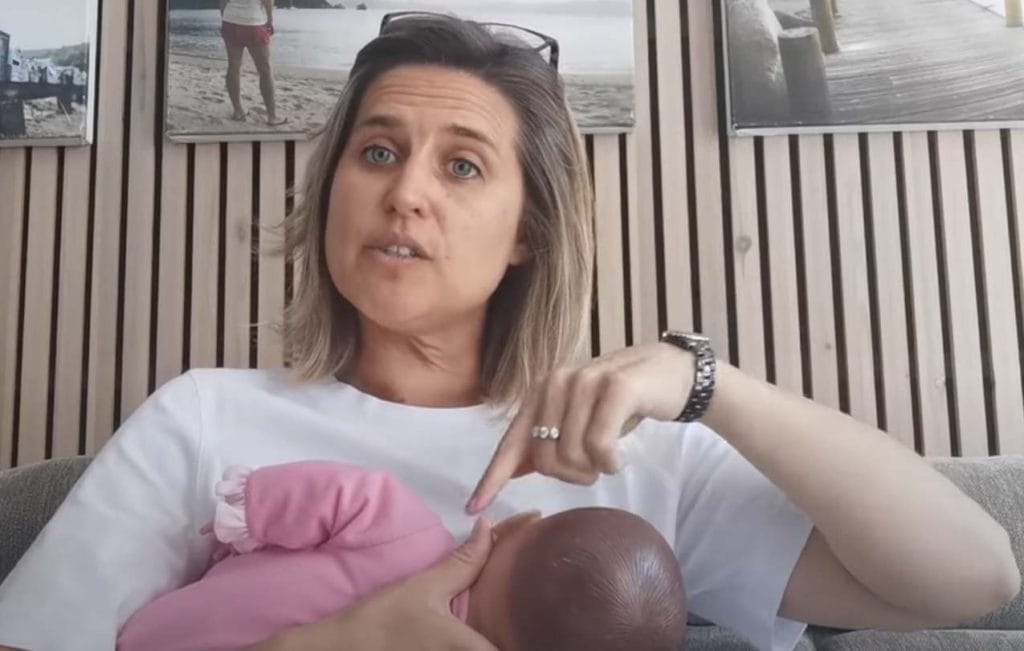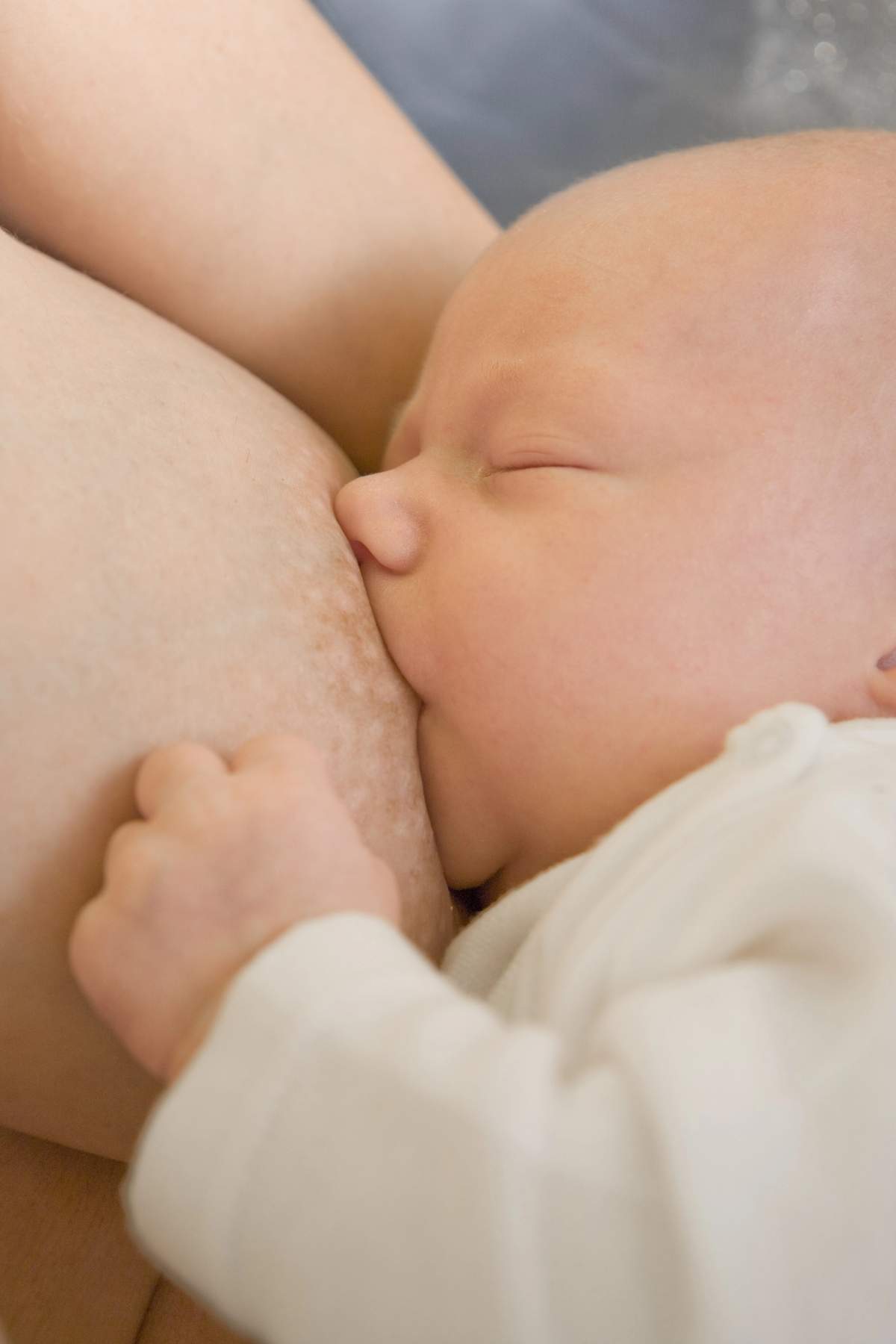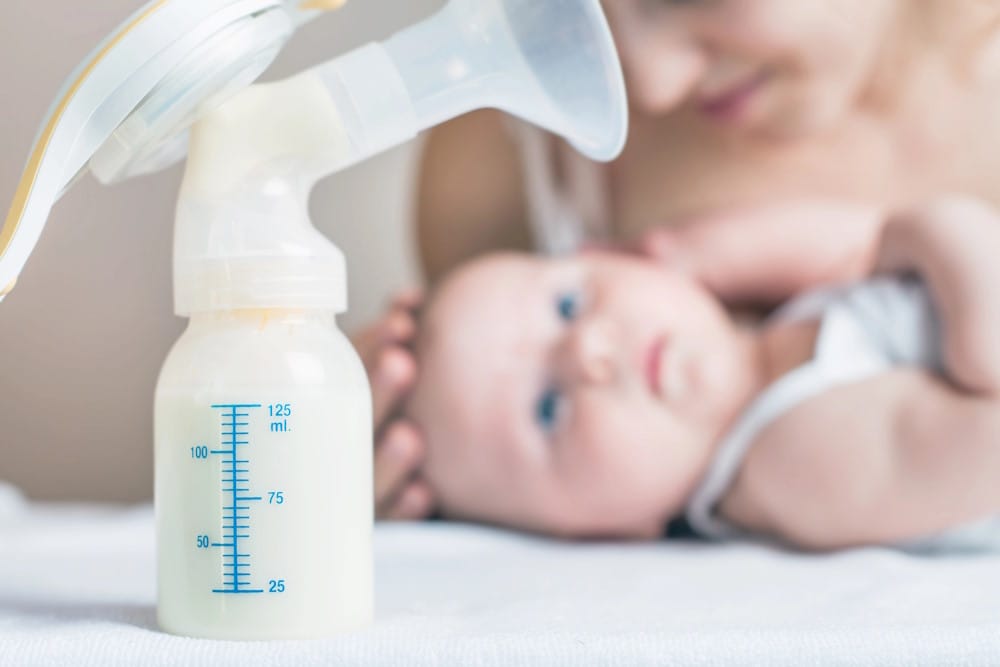If you would like to provide your baby with breastmilk, either exclusively or in combination with infant formula milk, then I thoroughly recommend learning how to hand express your breast milk antenatally. In some cases you will simply want to learn the skill and in others you would want to be storing this milk to provide to your baby after they are born.
The first milk your breasts produce is called colostrum and is produced in your breasts from around 16 weeks of pregnancy. Colostrum is typically bright yellow in colour and is often referred to as liquid gold. It is much thicker and stickier than mature breastmilk and plays a vital role in building your baby’s immune system as it is high in antibodies and protective substances. It is easy for newborns to digest and very high in fat, protein and energy.
Colostrum is an incredibly concentrated and powerful substance for your new baby so when you are hand expressing milk for your baby you will be collecting only very small amounts. Every drop counts.
Why Learn To Hand Express Antenatally
For most pregnant women it is appropriate to express your breast milk from 37 weeks of pregnancy. There are some situations when expressing colostrum antenatally can be particularly beneficial.
- Elective caesarean births.
- Women with diabetes in pregnancy (pre-existing or gestational), high blood pressure or taking beta blockers such as labetalol.
- A history of breast surgery.
- Women with PCOS or breast hypoplasia.
- Babies who are known antenatally to have additional feeding needs such as a cleft lip or palate.
- Babies where special care or separation from their mother is expected.
- Twins or multiples.
- Strong family history of allergies.
In my view hand expressing colostrum antenatally is a skill that every parent, who would like to provide breast milk, should learn. As a midwife I spend plenty of time on postnatal wards supporting new parents to feed their babies. These new parents are often tired and at times overwhelmed by the recent birth of their child. If breastfeeding isn’t going quite as hoped often a recommendation is made to hand express your milk. At this time you may not be in the best frame of mind to be leaning a new skill. If you have learnt how to hand express antenatally then if this suggestion is made to you then you will hopefully be more comfortable and confident in using this method.
Even if a recommendation is not made to you to hand express then expressing in the first few hours after your baby has been born can be really helpful to establish your milk supply for the later weeks. In the first hours and days after your baby is born plenty of breast stimulation from your baby feeding or from hand expressing will help your body to produce a good supply of mature milk. Any expressed milk from this time can be given to your baby after they have fed from your breast as a little extra desert.
This is an excellent video that discusses breast feeding and breast stimulation in the early hours. Its around 15 minutes long but is well worth watching to the end. In this video they show colostrum being collected on a spoon. In the UK we tend to collect and feed to the baby using a syringe but a clean spoon is fine if you find it easier that way.
Sign up for free tips and advice

Get my video guide to
breastfeeding positions
Plus
just for signing up
Tell me when your baby is due or when they were born so that I can send you the most relevant tips
When Not To Hand Express Antenatally
There are a few situations when expressing your breast milk antenatally would not be recommended.
- You have a cervical suture (stitch) or history of cervical weakness.
- You have or have had bleeding from your vagina during this pregnancy.
- You have placenta previa (your placenta completely or partially crosses the opening of your womb).
- You have been advised not to have sex during this pregnancy.
- You have a history of preterm birth.
- You have been told you at risk of preterm labour.
- You have been told by your care provider not to express antenatally.
If any of these instances apply to you then I would recommend you speak with your midwife or obstetrician as in some instances it would still be considered appropriate to hand express. Alternatively you are welcome to call me and we can discuss your personal situation.
When To Start Hand Express Antenatally
If you have decided you would like to try expressing colostrum antenatally then it is appropriate to start around 37 weeks of pregnancy. If you are looking to simply learn the skill of hand expressing then you may only want to practice this a few times a week until your baby is born. However, if you are looking to build up colostrum in your freezer then you would want to aim to express 2 to 3 times each day. You should start gently and slowly, eventually building up to expressing on each breast twice each day.
How To Hand Express Colostrum
You will want to choose a time when you are feeling relaxed and calm. I often suggest to women that in the bath can be a nice time to try for the first few times.
- If you are hoping to collect your expressed milk, which I would recommend you do, then you should ensure you have a 1ml enteral syringe (a purple oral syringe) available to collect your milk. Your midwife should be able to provide these to you or they can be purchased online.
- You may also want to have an item with you that makes you think of your baby, perhaps a blanket or muslin that your have bought for them. You might want to try some deep breathing or visualisation to relax. What we are trying to do here is stimulate the release of oxytocin, the love hormone.
- Start by washing your hands.
- Then begin by gently massaging and stroking your breasts. The touch should feel pleasant for you.
- Cup your breast with your hand in a C shape and feel around your breast towards your areola and nipple. There will be an area, often around the edge of the areola or a few centimetres back from the base of your nipple, where the tissue changes. It’s likely to feel lumpy. This is the area where you want to compress to express your colostrum.
- Using your thumb and index finger opposite each other and gently press back towards your chest wall. Some people skip this step when they are just beginning to learn.
- Then compress your breast using your thumb and index finger Do not slide your fingers over your skin. The pressure should be firm but you should not be causing yourself discomfort.
- Then release the pressure but keep your fingers in the same place.
- Then repeat – press back, compress, release, press back, compress, release, and so on. Working to a rhythm.
- Drops of colostrum may start to appear on your nipple. If after around a minute you are not seeing any colostrum then try moving your fingers slightly forward or backwards.
- Collect the drops of colostrum with the syringe. Please remember you are using a 1ml syringe for a reason. We are not expecting to see much, if you are collecting even 0.1 of a milliliter this is something to be excited and proud of.
- When the flow starts to subside then adjust your fingers a little, much like you are rotating around a clock. Repeat the same press back, compress, release rhythm as before and collect any drops. Again when the drops start to subside then rotate your fingers a little.
- When you are ready you can switch to your other breast and express your colostrum.
- When finished you can use the syringe wrapper to cover the syringe. You will want to first write the date of the expression on the wrapper. It is also worthwhile adding your name and date of birth as this will need to be added should you take your expressed milk into the hospital with you.
- You should then store this milk in the freezer.
Hand Expressing Videos
Storing expressed Colostrum
Bringing expressed Colostrum Into Hospital
Who to speak to for advice on expressing colostrum
Your midwife or hospital infant feeding team should be able to speak to you to provide you with any information you need about hand expressing colostrum antenatally. They should also be able to provide you with syringes to collect your milk. Alternatively, if you have a few questions you are most welcome to contact me. If you would prefer a more in depth antenatal breastfeeding preparation session then please look at my services page for more information.
I wish you the very best in your journey and if you need support please do get in touch or book a free call from my contact page.



